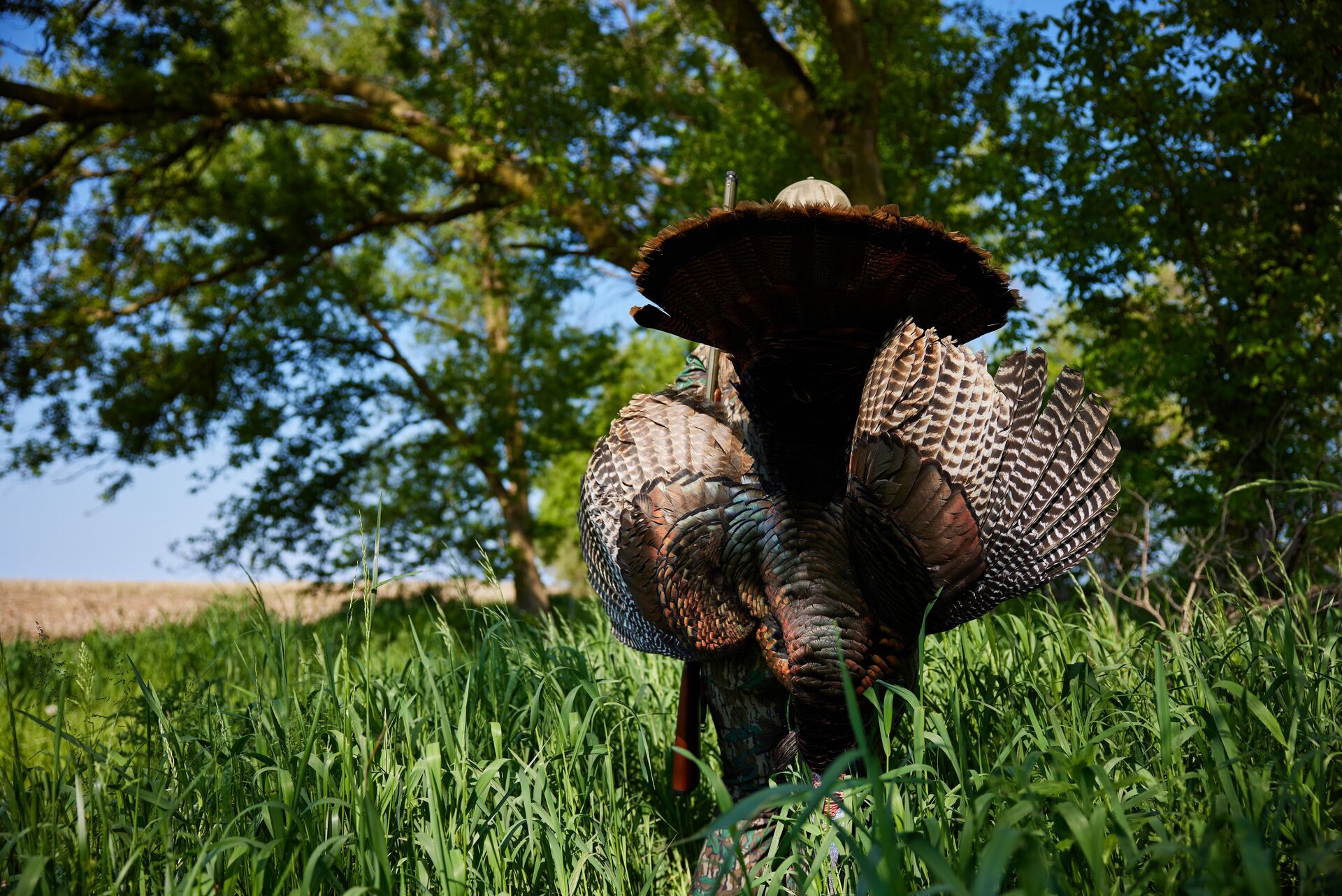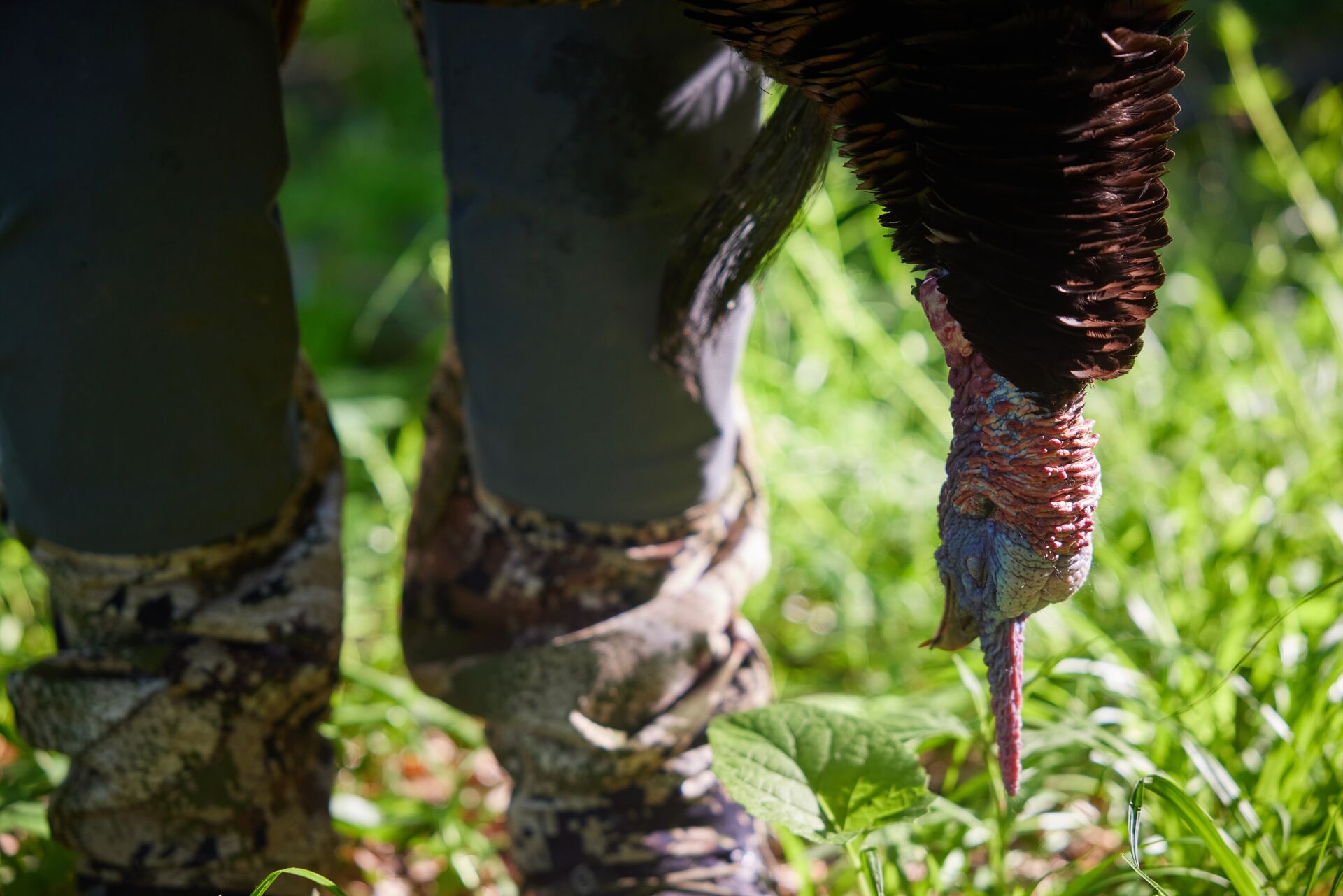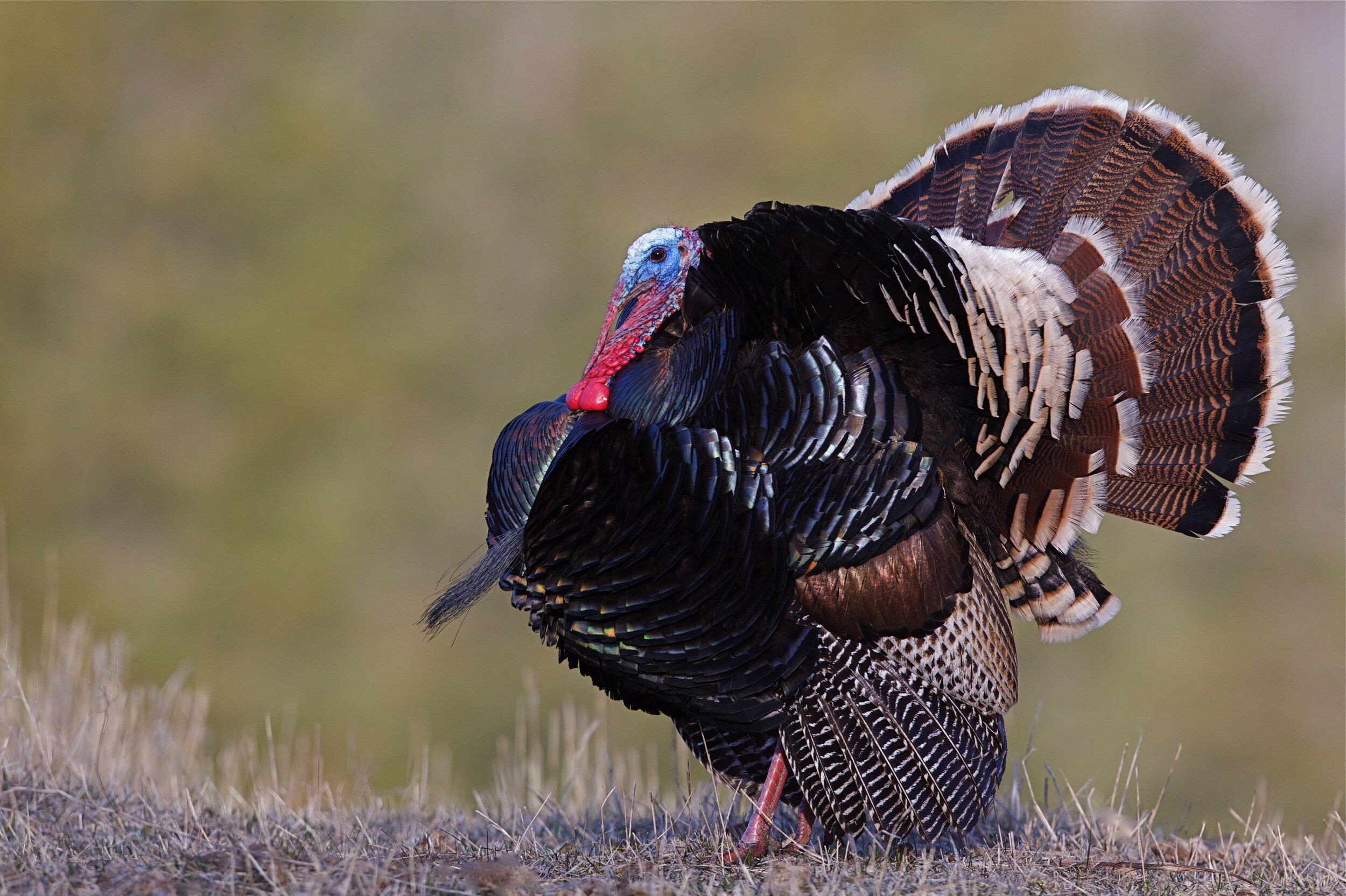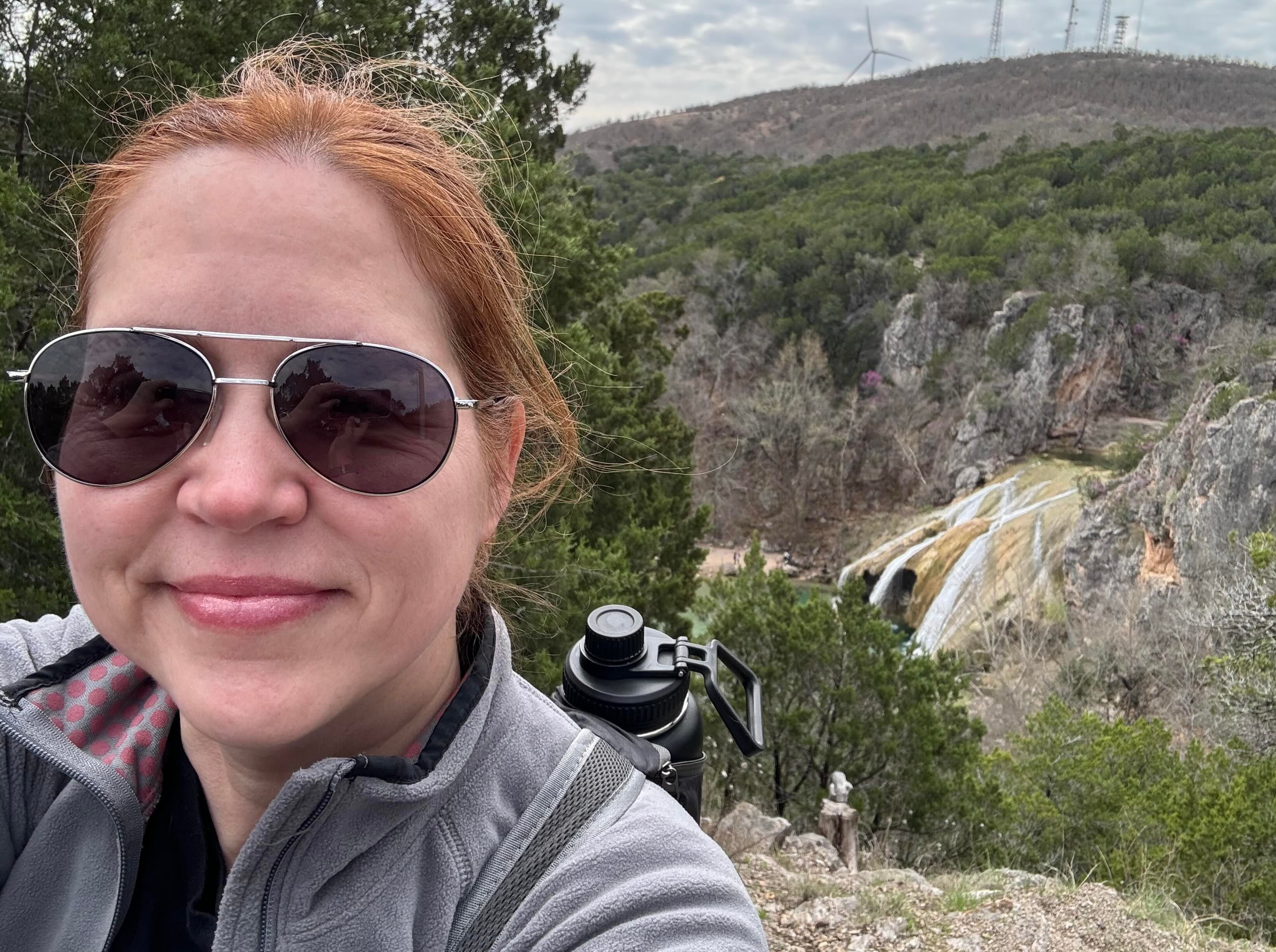Field Guide / Turkey
What Should Be Your First Turkey Call? Our Expert Insights
One of the most essential things in a turkey hunter's arsenal is the best turkey call for the right situation. Turkey hunters use calls to mimic various hen sounds like purrs, yelps, and clucks to convince a male turkey to come into range for the shot, whether hunting with a bow or shotgun.
Previous in Turkey
More Content Like This

When Is the Indiana Turkey Season? A Hunter's Guide
Whether you're a Hoosier looking to hunt your state or a cross-state convert to the magic of the Indiana turkey season, there's something for everyone who wants to spend some time chasing big birds in this stunning region.Read More
Read More
Turkey Hunting: What to Do After the Shot
You've just shot a turkey, and now you're faced with the question, "What do I do now?" Read More
Read MoreA Guide to Turkey Hunting on a Budget
As March breathes a little warmth onto the earth, the fields and woods come alive with the sounds of its inhabitants. There’s one sound that has turkey hunters anxiously waiting: the gobble.Read More
Read More Turkey
TurkeyWhen Is the Indiana Turkey Season? A Hunter's Guide
Whether you're a Hoosier looking to hunt your state or a cross-state convert to the magic of the Indiana turkey season, there's something for everyone who wants to spend some time chasing big birds in this stunning region.Read More
Read More Turkey
TurkeyTurkey Hunting: What to Do After the Shot
You've just shot a turkey, and now you're faced with the question, "What do I do now?" Read More
Read More Turkey
TurkeyA Guide to Turkey Hunting on a Budget
As March breathes a little warmth onto the earth, the fields and woods come alive with the sounds of its inhabitants. There’s one sound that has turkey hunters anxiously waiting: the gobble.Read More
Read More
1 of 3
